“Diaosi” originated as an insult for a poor, unattractive young person who stayed at home all day playing video games, with dim prospects for the future—a “loser.” Yet as the term went viral on the Internet, Chinese youth from all backgrounds began to embrace it. It has become a self-deprecating counter to the “gaofushuai,” or the “tall-rich-handsome,” those with status, success, and bright futures. The number of people who refer to themselves as diaosi has continued to grow, and it is slowly transforming into a descriptor of the ordinary Chinese citizen who faces everyday struggles and hardships.
This infographic, created by Sohu Business and translated with permission by Tea Leaf Nation and ChinaFile, posits that the time of the sought-after high-end Chinese consumer, drawn to high-end brands and other symbols of status, may be ending. In their place, the diaosi are poised to become the mainstream consumers in China. It also hints at a future turning point: China’s underdogs just may become the country’s mainstream.
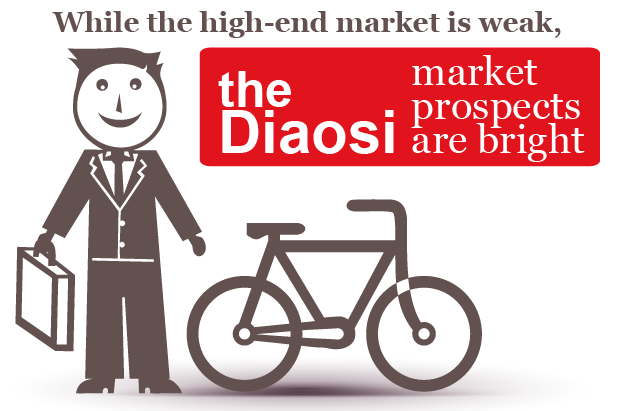
Ever since GDP growth dropped to 7.8% in 2012, the Chinese economy hasn’t been quite as robust. Under these economic conditions, China’s luxury goods consumption has declined substantially—a real headache for businesspeople.
Mainland China’s New Year Luxury Goods Spending Sliding Downwards
Chinese New Year Luxury Goods Spending
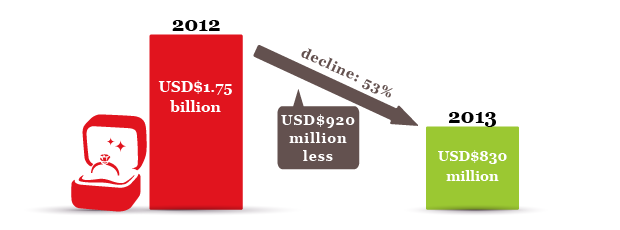
At the same time, due to increasing public pressure and anti-corruption efforts, once-fashionable brand-name watches also became the downfall of many government officials.
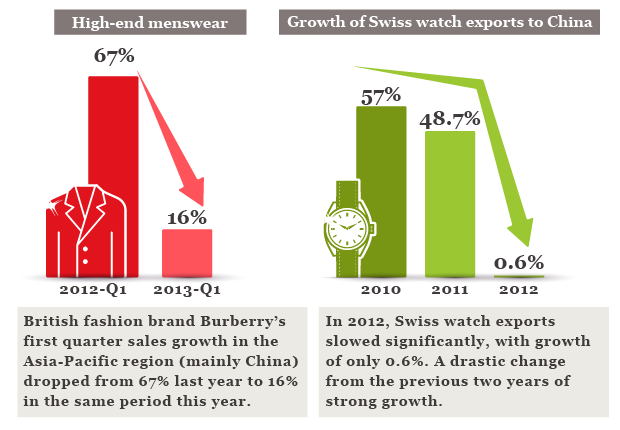

Diaosi Professions
We’ve heard that the diaosi’s main profession is “moving bricks” [slang for playing video games], but this doesn’t seem to be the real situation…
Survey of Diaosi Industry Distribution
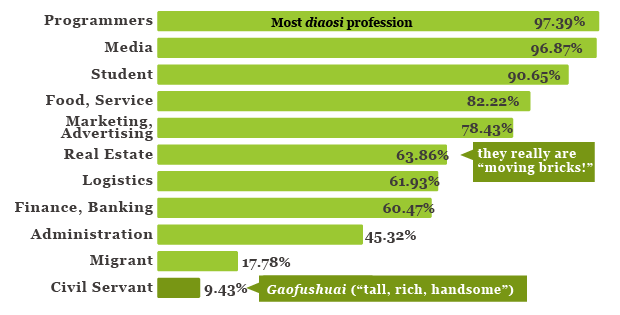
Programmers and media-industry workers had the highest percentage of self-identified diaosi, but only fewer than 10% of civil servants self-identified as diaosi.
Diaosi Age Group
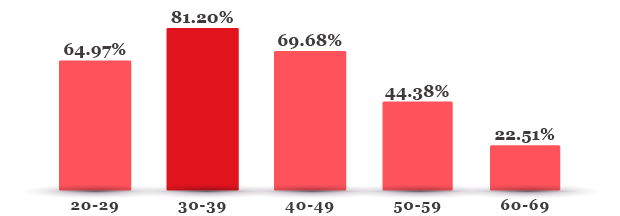
Age
The diaosi identity is strongest in the thirty to thirty-nine-year-olds, with more than 80% identifying as such.
Diaosi Assets
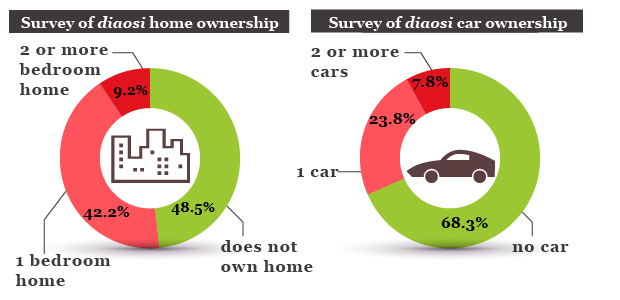
The Emotional State of Diaosi
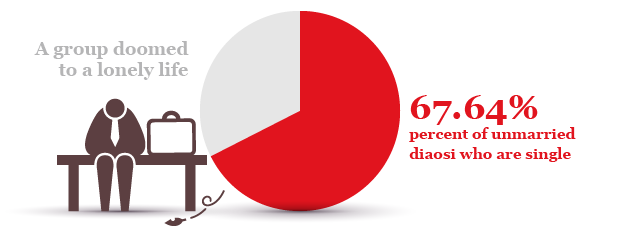
So, if you encounter a no-car, no-home, no-girlfriend, over twenty, almost thirty-year-old media worker or programmer, make no mistake—he is a so-called diaosi.
How Much Purchasing Power Does the Diaosi Group Have?
Different incomes affect the degree of diaosi self-identification.
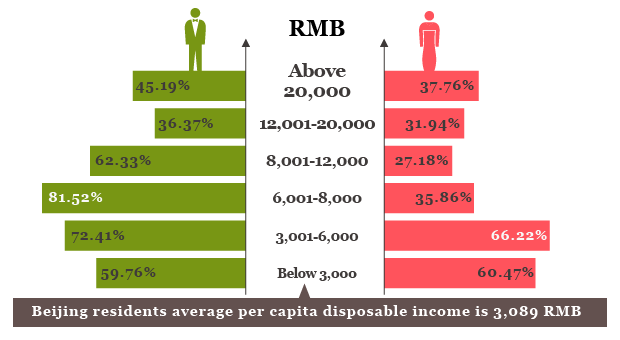
In fact, survey respondents with incomes of 6,001-8,000 RMB for men and 3,001-6,000 RMB for women most identified with diaosi. Beijing residents’ per capita disposable income is only 3,039 RMB, suggesting that the large majority of self-identified diaosi actually have incomes higher than the average income level of society. In addition, they do not need to care for cars or homes.
Survey of Diaosi Consumer Attitudes
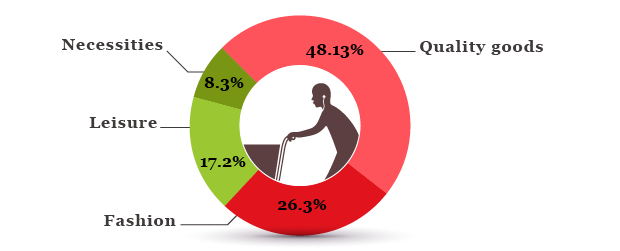
In consumer attitudes, diaosi value quality and fashion the most, while only fewer than 10% value necessities, suggesting that though everyone identifies as diaosi, they still want to pursue a high quality of life.
Then What Are the Diaosi’s Biggest Demands?
Survey of Diaosi Night Activities
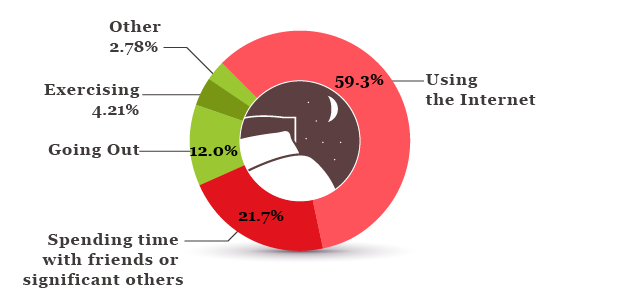
Diaosi Gamer Comparisons

At the same time, diaosi really like to lounge around at home. At night, they tend to stay home and use the Internet, and they especially love to play games. Thus, socializing is diaosi’s biggest shortcoming and also their greatest demand.

The survey demonstrates that only one third of single diaosi have a significant other, or, on average only one in three males have a girlfriend. Additionally, the majority of diaosi are between twenty and thirty years old, the prime period for dating. Thus, socializing is truly the diaosi’s greatest demand.

In conclusion: those who identify as part of the diaosi subculture have gradually become a unique consumer group. They have strong purchasing power and rational consumption attitudes. The concept of pursuing the “high-end, powerful, and upscale” is already past; now we must direct our attention toward the diaosi concepts of “quality, thoughtfulness, and creativity.” The diaosi could become the future mainstream consumers, inevitably giving rise to new business opportunities.



